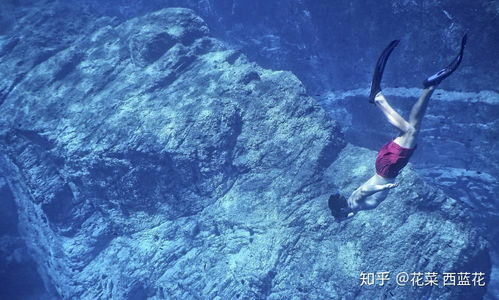来源:小编 更新:2024-11-16 10:04:51
用手机看
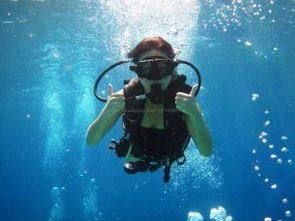
Scuba diving, short for Self-Contained Underwater Breathing Apparatus diving, is an exhilarating underwater adventure that allows enthusiasts to explore the depths of the ocean. This article will provide an overview of scuba diving, its history, equipment, and the thrill of experiencing the underwater world.
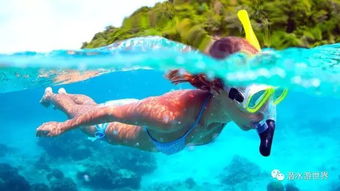
Scuba diving has a rich history that dates back to the early 20th century. The concept of underwater breathing apparatus was first introduced by the French in the 1920s. However, it was not until the 1940s that the modern scuba set was developed, making it possible for divers to explore the underwater world with ease.
One of the key figures in the development of scuba diving was Jacques Cousteau, a French explorer and marine biologist. Cousteau, along with his partner, Philippe Tailliez, designed the first commercially successful aqualung in 1943, which revolutionized the sport of scuba diving.
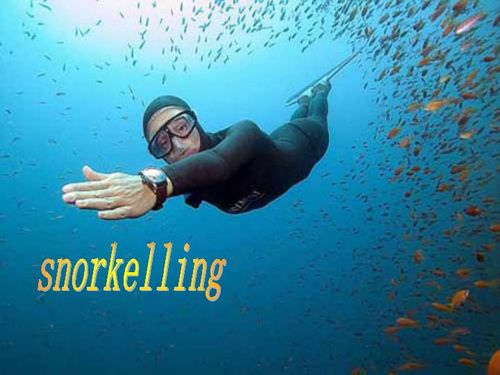
Scuba diving requires specific equipment to ensure the safety and comfort of the divers. The main components of a scuba diving setup include:
Regulator: This device controls the flow of air from the scuba tank to the diver's mouthpiece.
Scuba Tank: The tank contains compressed air, which is the diver's source of breathing gas.
Breathing Apparatus: This includes the mouthpiece and the regulator, which allows the diver to breathe underwater.
Wetsuit: A wetsuit helps retain body heat and provides comfort during dives.
Mask, Snorkel, and Fins: These are essential for protecting the diver's eyes, allowing them to breathe while floating on the surface, and propelling them through the water, respectively.
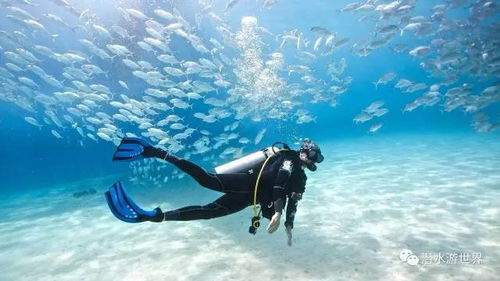
Scuba diving can be categorized into various types, each offering a unique experience:
Recreational Diving: This is the most common form of scuba diving, where divers explore the underwater world for leisure and enjoyment.
Technical Diving: Technical diving involves deeper dives and specialized equipment, requiring advanced training and certification.
Wreck Diving: This type of diving involves exploring shipwrecks and sunken structures, offering a glimpse into history and unique underwater landscapes.
Reef Diving: Divers explore coral reefs, encountering a wide variety of marine life and vibrant underwater scenery.
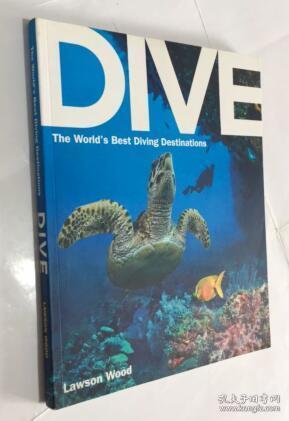
Scuba diving offers an unparalleled thrill, as divers are able to experience the beauty and wonder of the underwater world firsthand. The sensation of weightlessness, the vibrant colors of marine life, and the eerie silence of the deep sea create an unforgettable experience.
For many divers, the first time they descend into the water is a transformative moment. The feeling of floating effortlessly, surrounded by an array of colorful fish and coral formations, is something that stays with them forever.
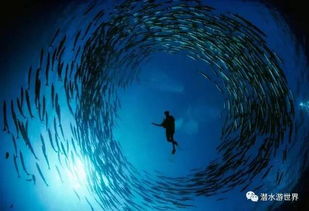
While scuba diving is a thrilling activity, safety is of utmost importance. Divers must undergo proper training and certification to ensure they are equipped with the necessary knowledge and skills to handle potential risks. Some key safety tips include:
Always dive with a buddy.
Follow dive guidelines and regulations.
Stay within your comfort zone and training limits.
Be aware of your surroundings and the environment.
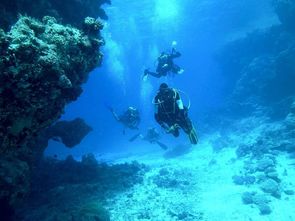
Scuba diving is an exciting and rewarding activity that allows enthusiasts to explore the depths of the ocean. With proper training, equipment, and safety precautions, anyone can experience the magic of the underwater world. So, if you're looking for an adventure that combines excitement, beauty, and tranquility, scuba diving might just be the perfect choice for you.
